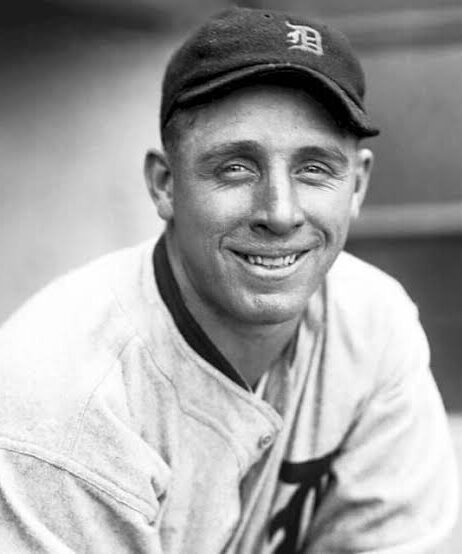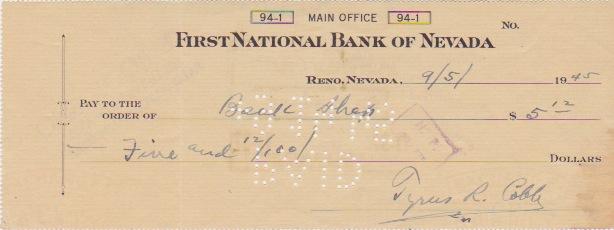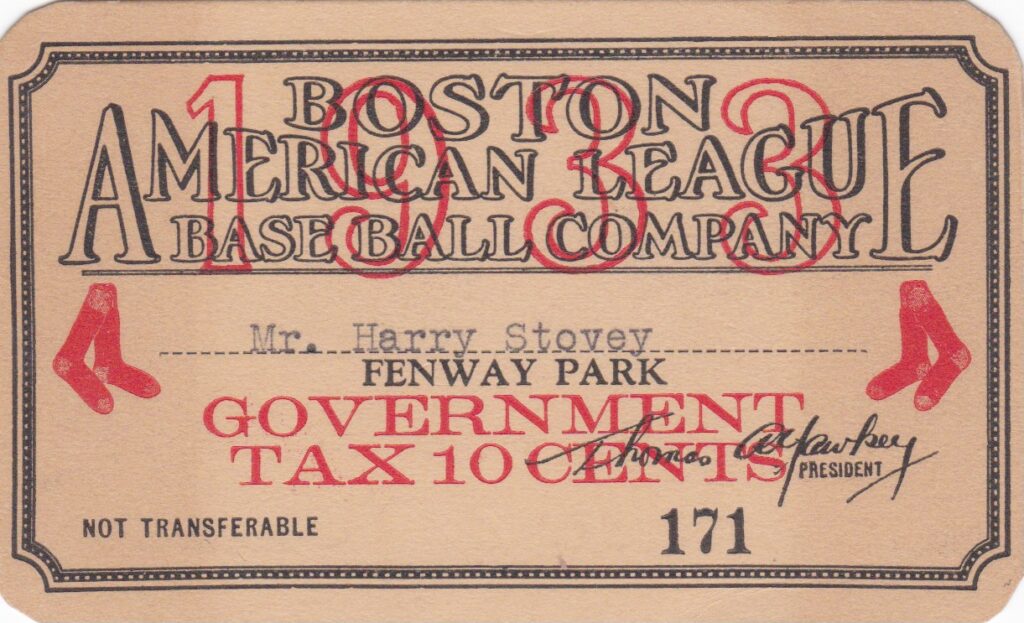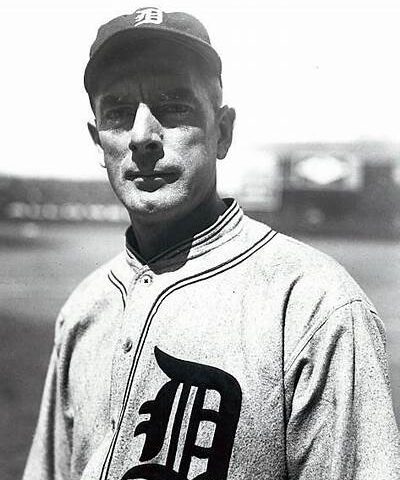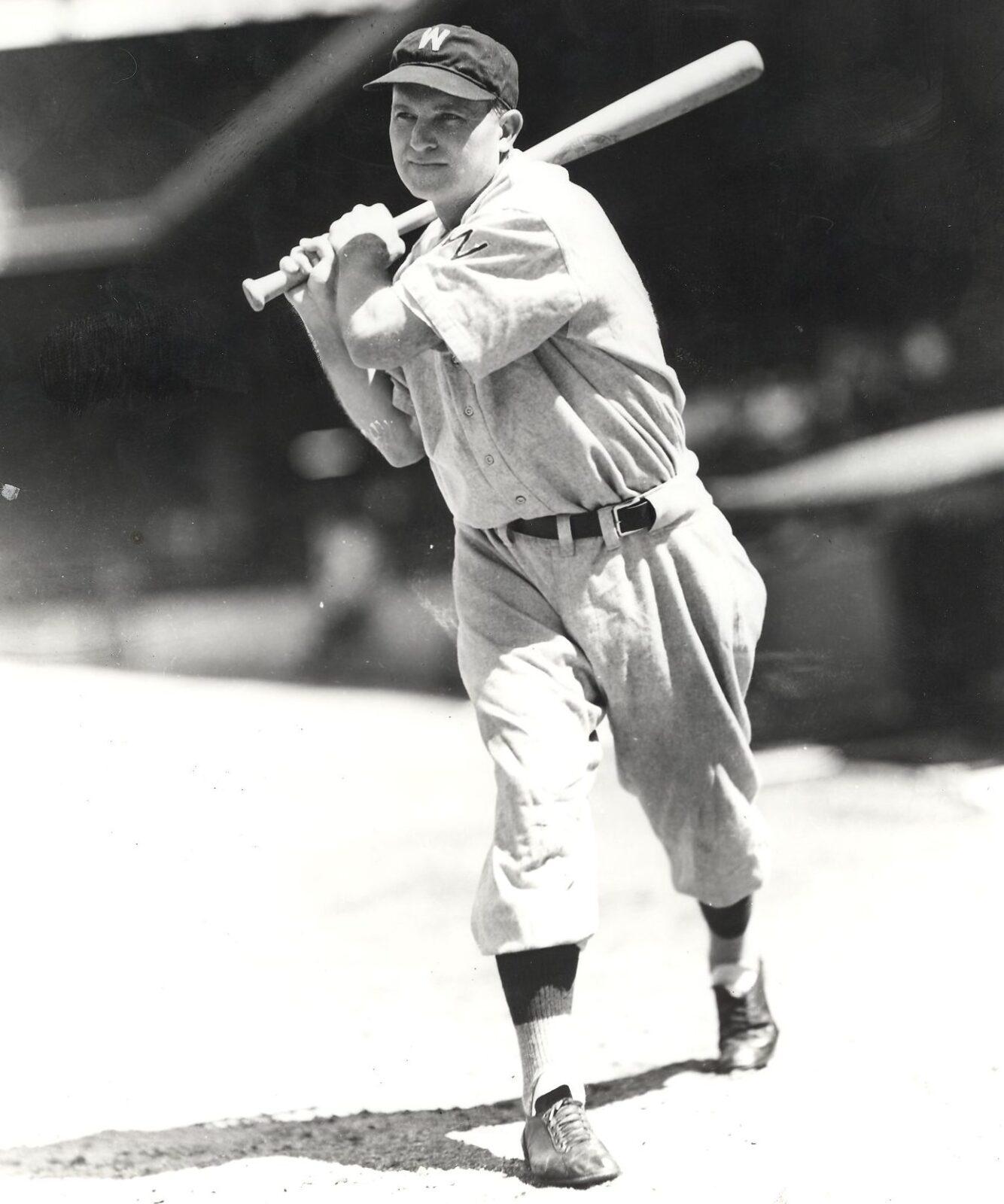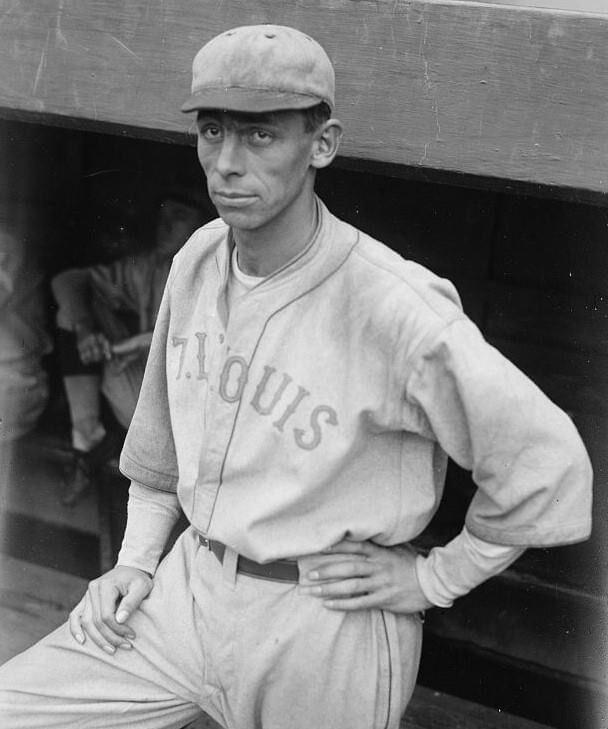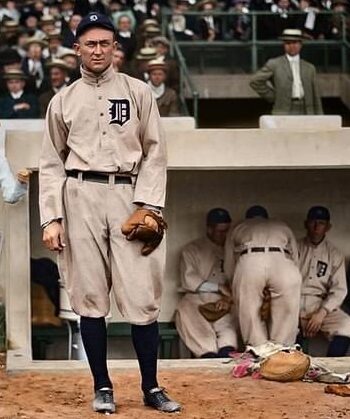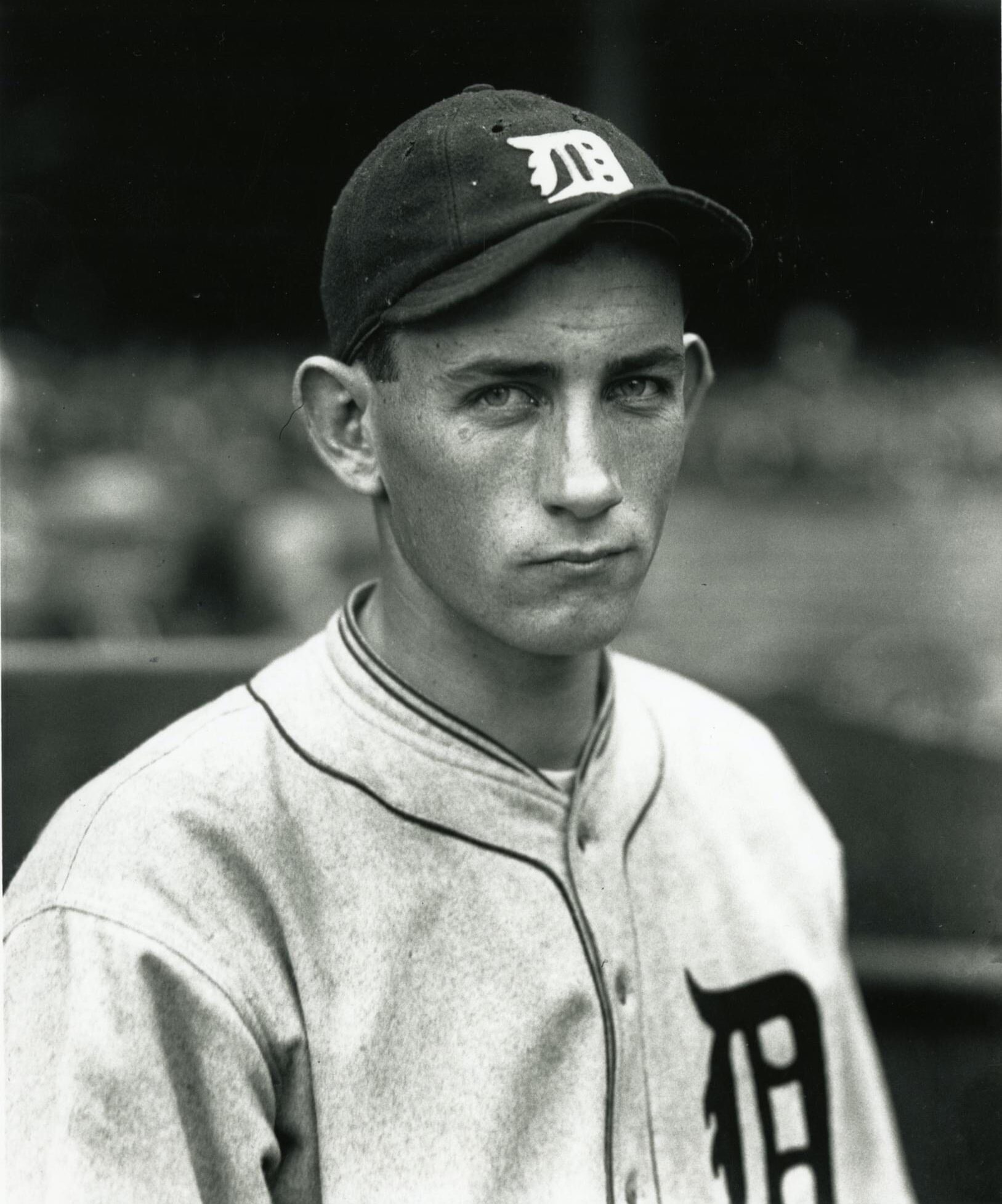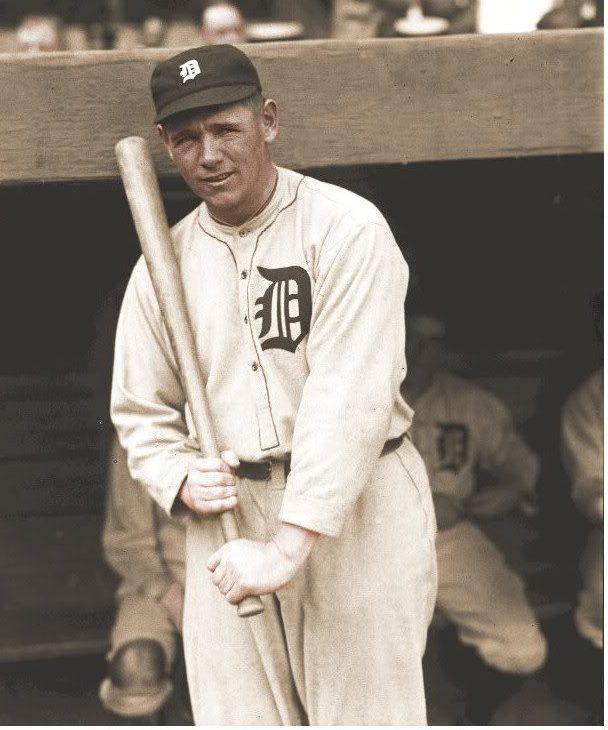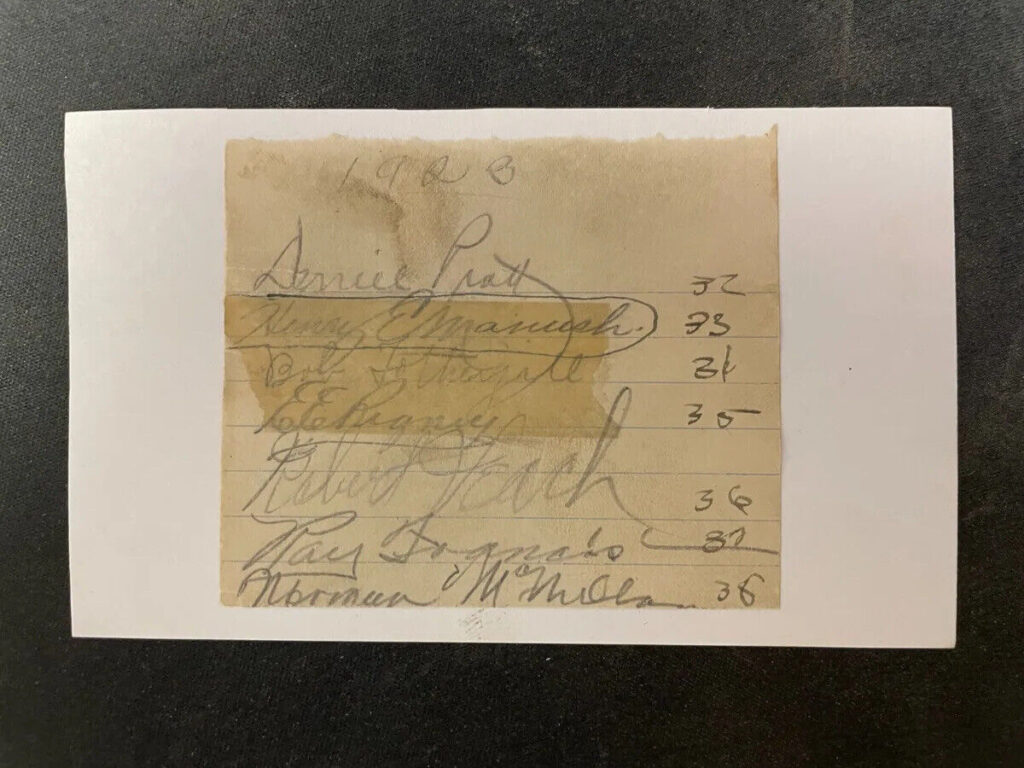
The fun-loving Bob Fothergill stood 5’10” and tipped the scales at more than 230 pounds throughout his career. His struggle with weight never prevented him from enjoying his time in baseball.
In The Complete Armchair Book of Baseball edited by John Thorn, author Lee Allen described Fothergill thusly, “He was one of the last of those rare spirits who appeared to play for the fun of it, and he seemed to be able to extract the fullest amount of pleasure from life. After the game, you could find him with a thick porterhouse steak and a seidel of beer, and he would chuckle to himself and mumble out of the side of his mouth, ‘Imagine getting paid for a life like this!'”
Nicknamed “Fats” or “Fatty”, Fothergill broke into the big league with the Detroit Tigers in 1922. He hit .322 in 37 games in the outfield and five as a pinch hitter. So began an 8-year run in which Fothergill hit .342 with a 125 OPS+.
Fothergill posted as many as 400 plate appearances in only two of his twelve big league seasons. In 1926 and ’27 Fothergill combined for 1,030 times at the plate. For those two campaigns he hit .362 with a .416 on-base percentage and a .512 slugging mark.
The big man was also proficient consuming barley and hops. According to Frank Russo’s website TheDeadballEra.com, Fothergill once got into a beer-drinking contest with Babe Ruth and Tiger teammate Harry Heilmann. The two Cooperstown men proved no match for Fothergill.
The big man remained in Detroit until 1930 when the Tigers released him. His .337 lifetime average for the Bengals ranks only behind Ty Cobb and Heilmann on the franchise career list.
One week after the Tigers cast him away, the White Sox signed Fothergill. He remained in Chicago through the 1932 season. In December of ’32 the he changed Sox in a six-player deal with Boston.
His swan song in Beantown featured a .344 average in 28 games. Fothergill retired with a .325 average and more than 1,000 career hits.
Fun-loving Fothergill died young at age 40 when a stroke felled him on March 20, 1938. As a result of his early demise, Fothergill’s signature is seldom seen.
Shown here is a sheet signed in 1923 by seven Detroit Tigers, including Bob Fothergill. On top of the sheet is the autograph of Del Pratt. The second baseman’s WAR is higher than Hall of Fame second sackers Red Schoendienst, Bill Mazeroski, and other Cooperstown men.
Directly below Pratt is the signature of Hall of Fame left fielder Heinie Manush who made his debut the same year he signed this sheet. As a rookie that season he slashed .334/.406/.471.
Under that is the autograph of Fothergill.
The signature of pitcher Ray Francis helps date the page to 1923, his only year with the Tigers. Francis is the rarest autograph on the page. A veteran of only three big league seasons, Francis last played in 1925 and died in 1934.
